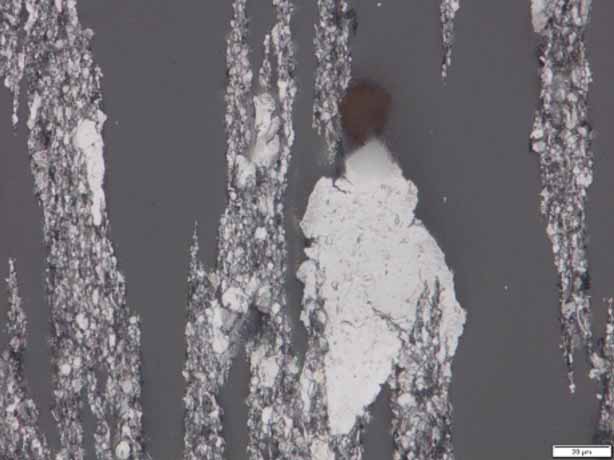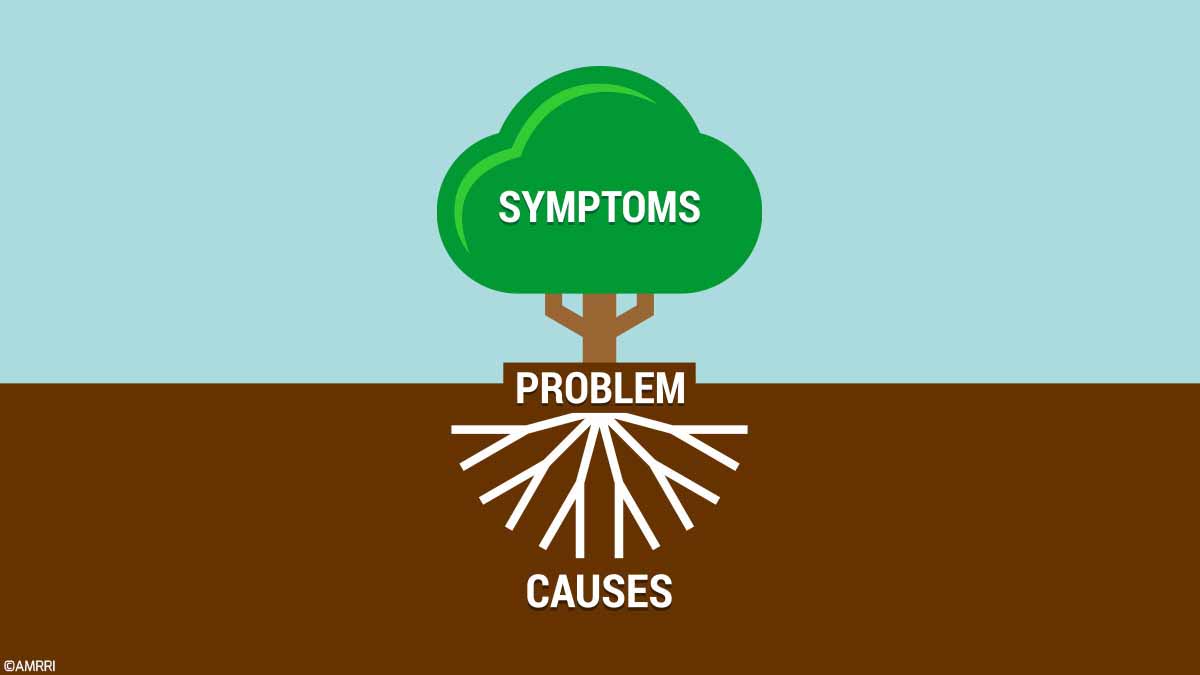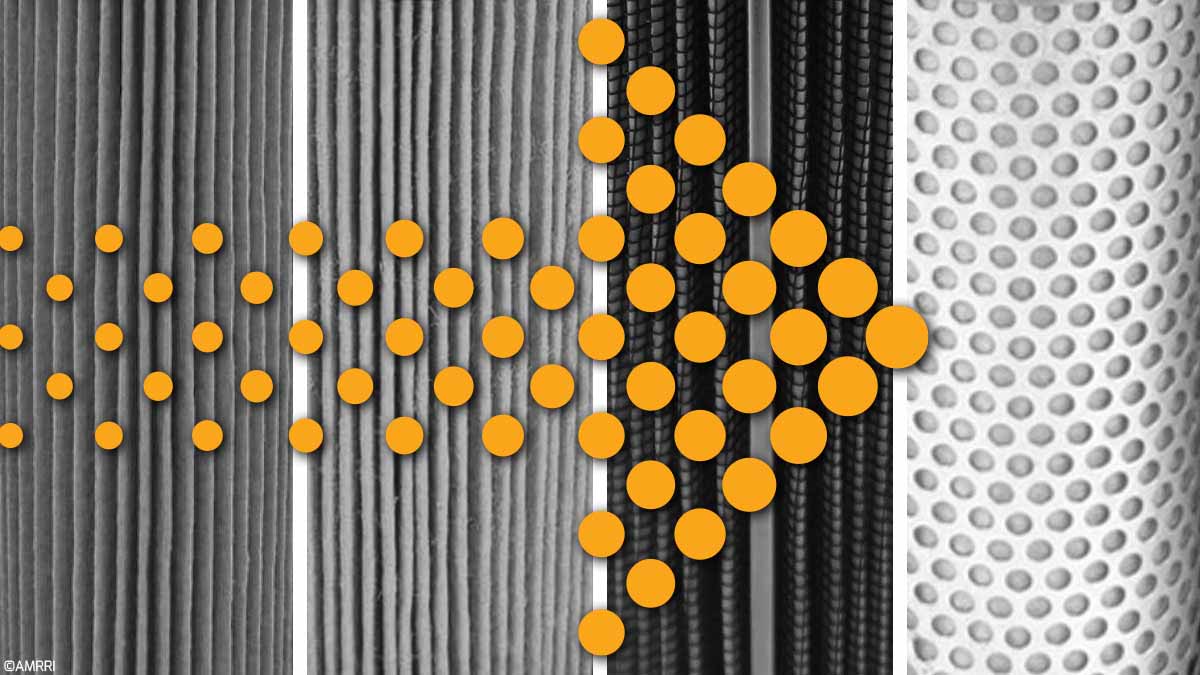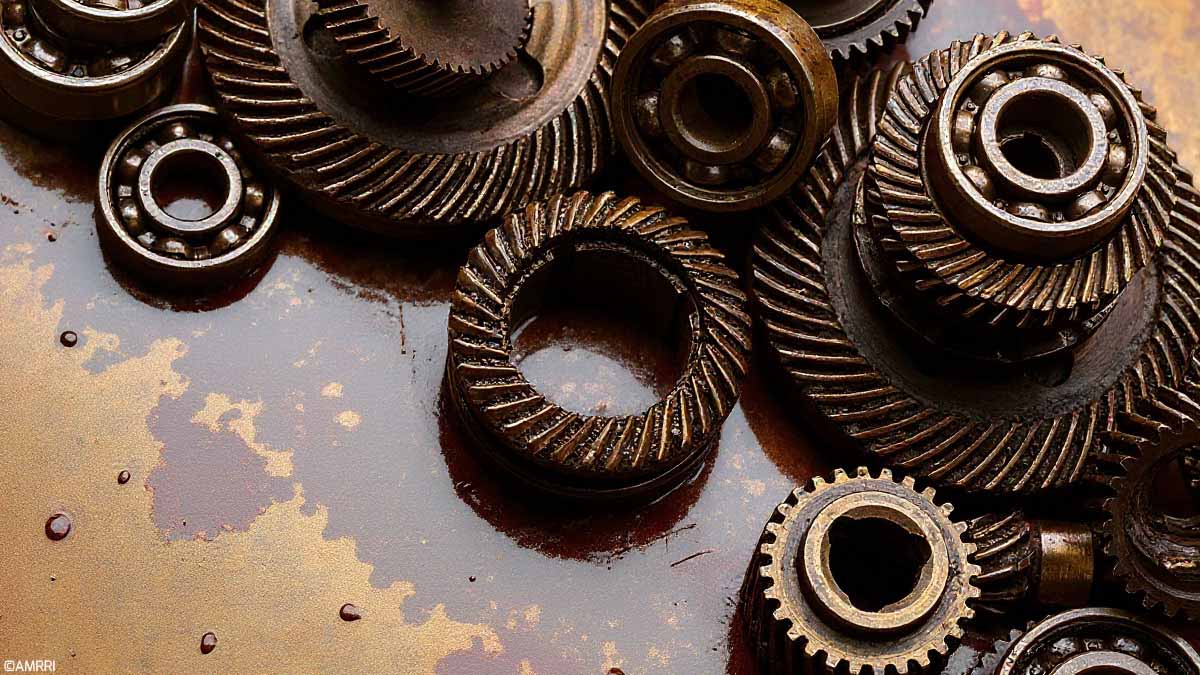Oil testing and analysis provide vital information on the condition of the oil and the equipment and can diagnose the causes of problems. Wear particles and contamination concerns can be identified using several methods.
Going beyond routine oil analysis tests such as acid number, base number, oxidation, ICP (Inductively Coupled Plasma), etc., means you can dive deeper into the root causes of problems you’re experiencing.
Some tests we recommend to analyze further and perform RCA include Filter Debris Analysis (FDA), Micropatch, and Analytical Ferrography – all of which require a certified analyst utilizing a powerful microscope to analyze the used oil sample.
Minimizing Component Wear and Downtime
Installed oil filters remove contaminants and particles that would otherwise circulate and damage the system, but this also removes evidence that can lead to unforeseen issues hiding behind your filter.
During Filter Debris Analysis (FDA), a filter pleat is sent into the lab, the material caught by the filter is extracted, and a trained ferrographic analyst can then identify the particulates’ type, size, and shape.
FDA is often recommended to customers with heavily relied-on mission-critical equipment who want to identify the cause of premature filter plugging, suspect outside contamination, or see why components are failing early and unexpectedly to minimize wear and avoid costly downtime.

Analytical ferrogram showing large fatigue, cutting and rubbing wear.
Suppose you want to dive deeper into the types of ferrous wear and particles found within the oil with Analytical Ferrography (AF). During AF testing, a portion of the used oil sample is transferred to a slide where the ferrous (meaning they contain iron) particles are collected.
Oil, soot, dirt, and other debris are removed, leaving only ferrous wear visible by a certified ferrographic analyst through a microscope. Analyzing a ferrogram allows the analyst to see different types of wear mechanisms that are not limited by size, meaning large and small wear can be identified in the report along with maintenance recommendations.
Identify Wear, Degradation and Extend Oil Drains
Ferrous wear, non-ferrous wear, abrasives, and debris are collected and analyzed with a microscope using the Micropatch technique. Participating in Micropatch testing helps identify wear particles and contaminants in the oil. Micropatch analysis is particularly effective for detecting smaller particles that the filter may not capture.

Micropatch showing ferrous wear, abrasives, oxides, and copper alloy wear.
For example, in a use case in the power generation industry, a customer sought a way to reduce contamination levels and optimize their oil drains.
A filtration system was installed on a few gas engines; routine oil samples were taken, and, in addition to industry-standard test packages, a Micropatch test was performed to assess contamination levels present before and after filtration visually.
The unit was tested 50 operating hours after the filters were installed, and reporting showed the amount of abrasives had decreased significantly based on the Micropatch results.
In addition, the physical condition of the oil (base number and acid number) remained within OEM (Original Equipment Manufacturers) limits. The customer was able to increase the oil drain by 500 hours.
Catch What Oil Analysis Cannot
Ideally, mission-critical components should receive Micropatch or Analytical Ferrography testing regularly to identify trends similar to standard oil analysis.
Since these methods are qualitative and visual tests, an analyst may identify precursors to failure modes. This may also include indicators of early signs of fatigue or excessive heat in localized areas that would not be detectable in routine elemental analysis.
If you operate mission-critical equipment and cannot afford to experience unexpected downtime resulting in costly loss of production, it is recommended that you add advanced testing options to dive deeper into the root causes of issues.
As always, our data analysis team is available to help guide you through the recommended testing based on your issues or equipment reliability goals.









